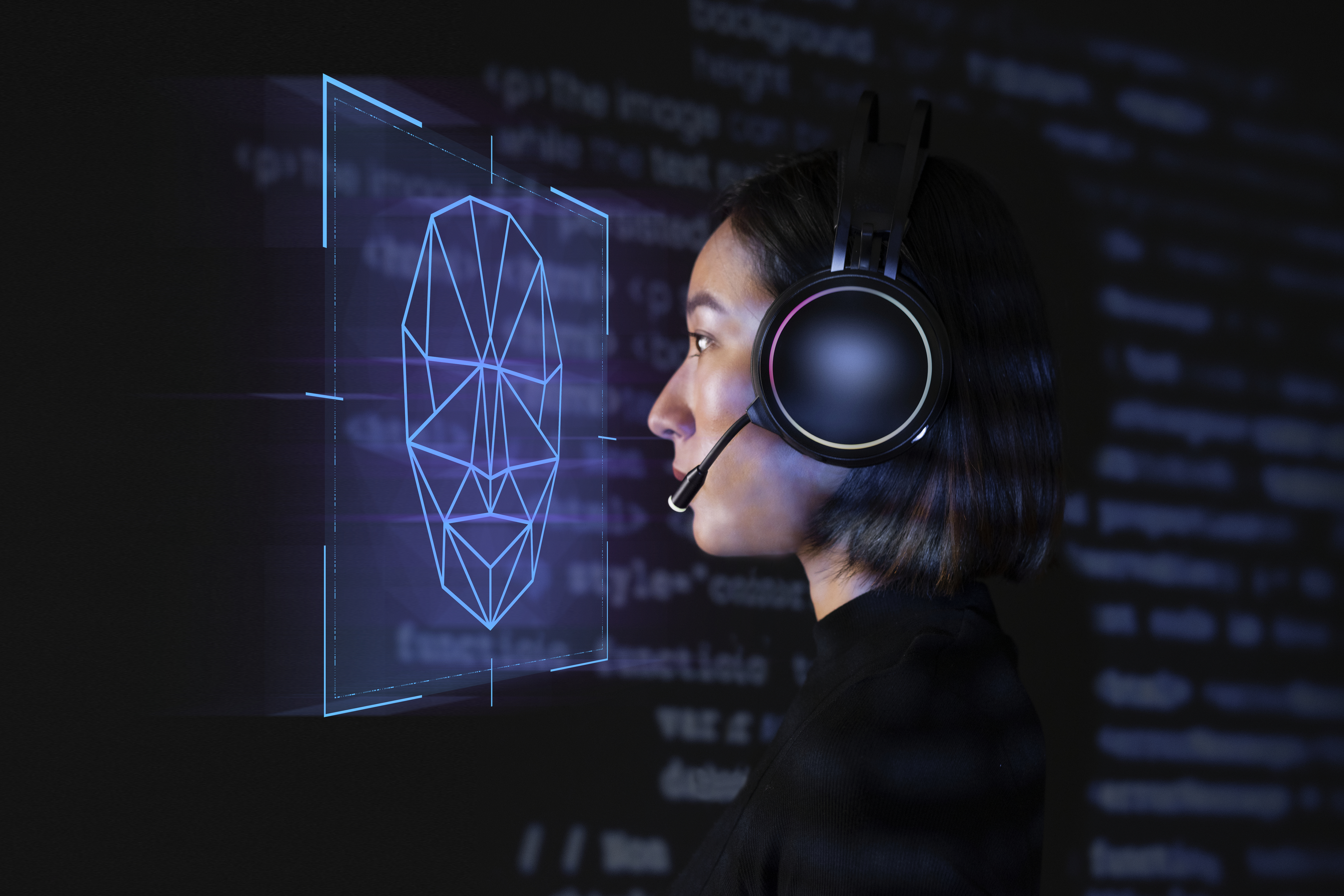Recognition analysis engine CAS
From a data analysis point of view, “cognition” is a concept that refers to finding selected functions to represent predefined rules or certain objects. Saltlux‘s Cognitive Engine is one of the most advanced in the world that is based on machine learning and deep learning incorporating artificial intelligence technology. These integrated factors give the tool human-like capabilities of learning, recognizing, and predicting different forms of information.
By analyzing large volumes of big data with machine learning and deep learning, Bigdata Suite recognition analysis engine can quickly find characteristics, meanings, and associations among data that humans have difficulty finding. Furthermore, it provides complex system analysis of ultra-capacity data, fusion analysis between voice and text, and fusion analysis between image and text.

< Recognition analysis engine -Cognitive Engine block diagram >
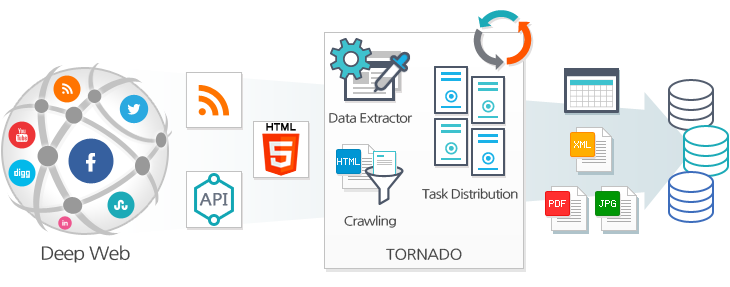
< Big data collection engine concept map >
Main Features
Recognition analysis feature that incorporates AI
It analyzes semantic networks in data by applying machine learning, deep learning, and artificial intelligence technology to find intelligent convergence analysis, related subject analysis, emotional analysis, trend analysis, issue detection analysis, etc. This provides users with deep analysis to uncover hidden patterns and make future predictions.
Providing cognitive insights through recognition analysis
Saltlux’s AI-based recognition analysis technology and features allow organizations to find complex patterns in their data that humans can easily identify, helping them make better decisions and more accurate predictions.
Main Features and specifications
Machine learning and deep learning can be used to analyze semantic networks in data such as individual name recognition analysis, emotional recognition analysis, knowledge / social network analysis, speech recognition fusion analysis, image recognition fusion analysis, etc.
Object name recognition analysis feature
Machine learning-based object name recognition & analysis feature automatically extracts (boundary distinctions) objects (eg. company name, person name, area name, date, time, amount) from the data. It then classifies them and automatically analyzes the relationship between the objects in real-time.
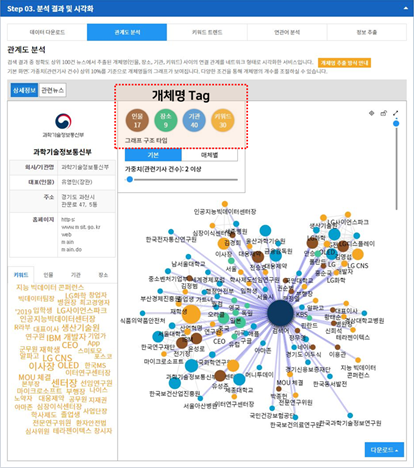
< Object name recognition analysis feature (real building screen – Korea Press Foundation) >
Emotional recognition analysis feature
It is a high-quality, high-precision sentiment analysis feature in which machine learning and deep learning are used to identify morphemes, sentence structures, object names, and meanings, thereby allowing sentiment analysis by topic and positive/negative trends analysis.
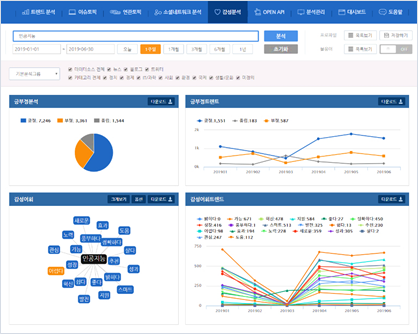
< Emotional recognition analysis feature >
Knowledge/Social Network Analysis feature
The tool extracts semantic social networks and analyzes their structure from data owned by the big web, social media, email, and large companies. It uses machine learning to analyze the knowledge and mutual influence flowing through the network in aspects of centrality analysis, cluster analysis, shortest path analysis, key player analysis, core node analysis, thematic related node analysis, related core node analysis, etc. This function enables real-time analysis of the data circulating on the knowledge network.
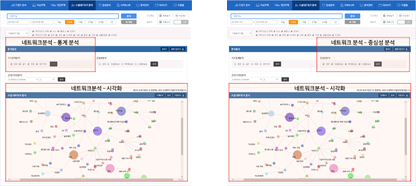
< Knowledge/social network analysis feature – Statistical analysis & central tendency analysis >
Voice Recognition & Text Integration Analysis Feature
This function receives the real-time voice data of the user, converts it into text, and performs analysis in connection with the non-structured big data analysis function. In addition, the test data possessed by the user and the data converted into text using speech recognition are fused and analyzed.
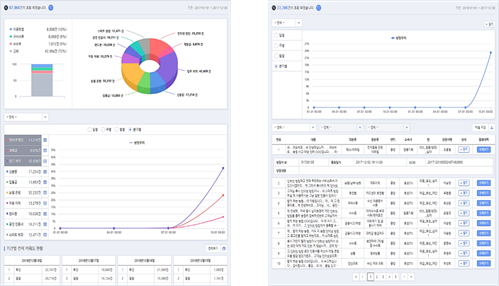
< Text analysis through real-time speech recognition – Issue analysis >
Main engine screen




